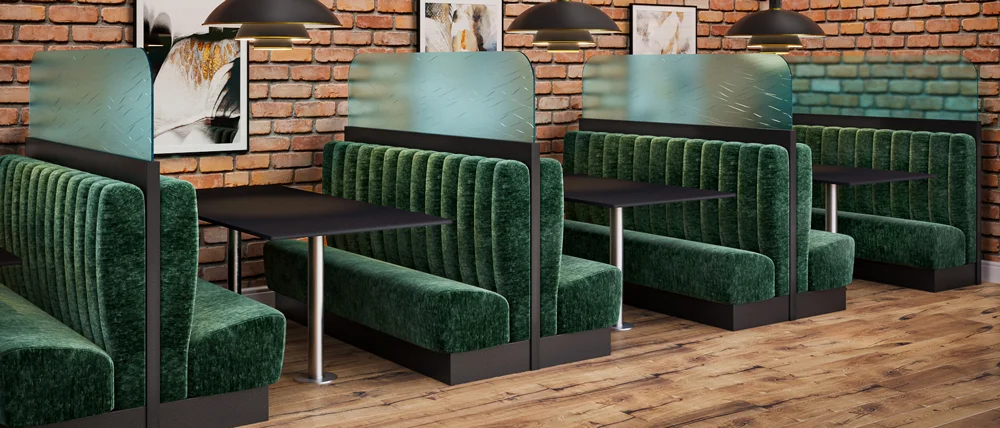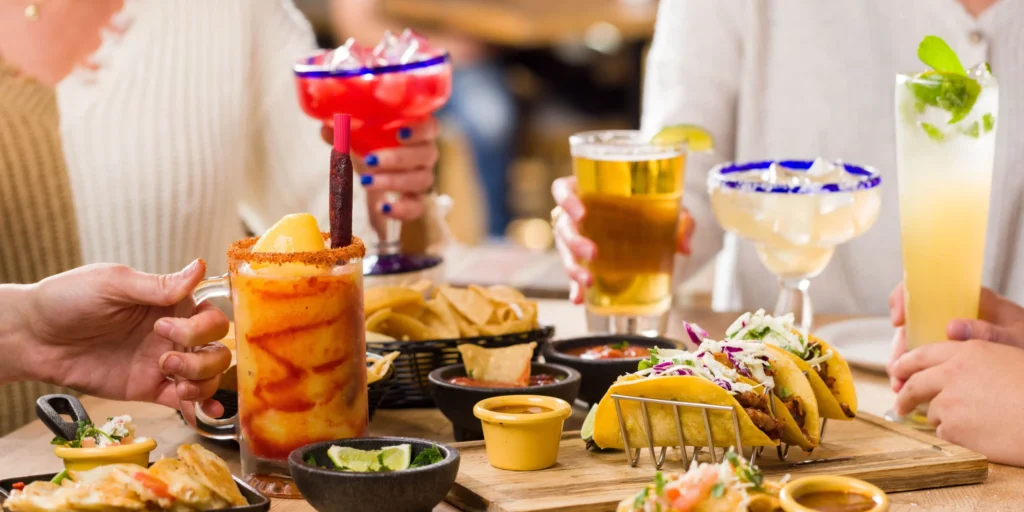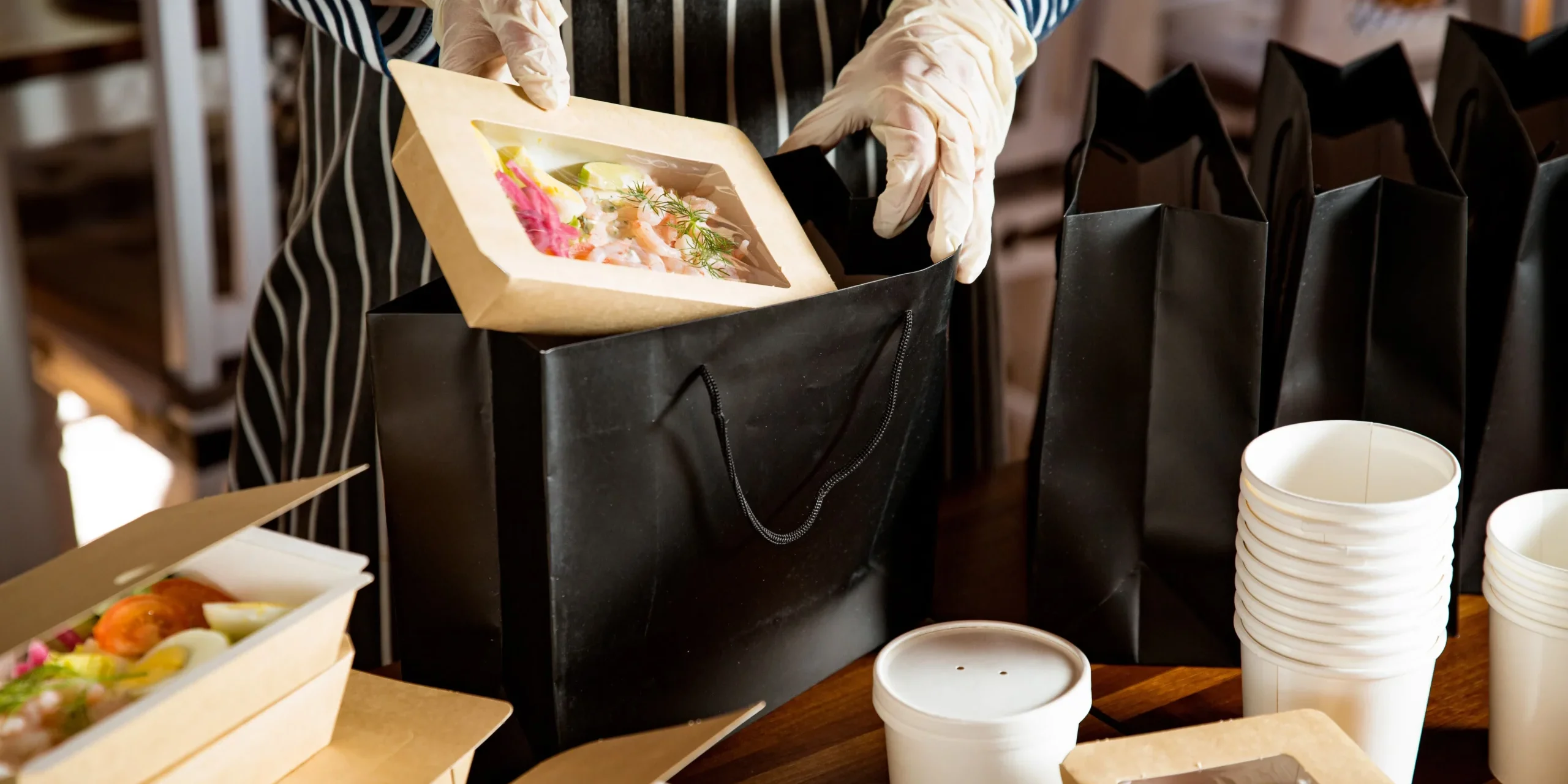Making the most of your restaurant’s capacity is one of the many things that go into running a successful restaurant. Expanding your restaurant’s seating capacity will increase revenue and improve customer satisfaction. Here are a few quick tips on how to expand capacity. Let’s get started!
1. Optimize seating arrangements and table configurations

Remove unnecessary barriers: Make sure your dining area is clear of any unnecessary hurdles or obstructions to make it easy for both staff and customers to move about comfortably.
Implement flexible seating:Combine various table sizes to accommodate various groups. To make the most of your available space, incorporate versatile seating alternatives including booths, bar stools and shared tables.
Create inviting nooks:Add tiny tables or comfy booths to corners or alcoves to create additional seating alternatives.
Outdoor seating:If your restaurant has an outdoor area, think about using it while the weather is warm to add more seating space.
2. Make use of a Reservation System
Streamlined reservations: A reservation management systemenables you to manage reservations effectively, cutting down on wait times and ensuring seamless seating changes.
Planning for capacity accurately: By keeping track of reservations and customer preferences, you can determine your restaurant’s capacity and distribute resources accordingly.
Real-time updates: A system for online reservations offers real-time updates on table availability, facilitating reservations and cutting down on wait times.
Floor plan: Some restaurant management systems like Tableo, include a restaurant floor planfeature which allows you to easily map out the layout of your restaurant – including table arrangements, bar area, restrooms and so on.
3. Adopt time slot dining

Consider implementing time slot dining, also known as seating in shifts, which involves scheduling specific dining periods and allocating fixed time slots to different groups of guests.
Decide on certain times:Set aside definite times for your meals, such as lunch, early evening, and late evening.
Effective seating transitions: Ensure that your personnel have the skills necessary to support seamless changes in time slots, cleaning and resetting tables for the incoming guests while doing it quickly.
Communicate clearly:Clearly explain the time slot rules to your clients via your website, reservations platform, or host or hostess.
Offer incentives:Consider offering incentives, such as discounted prices or special menu items, for guests who choose less popular time slots, helping to balance demand.
4. Boost kitchen operations
Streamline processes: Look for any bottlenecks or inefficiencies in your kitchen’s operations by conducting an analysis. Reduce wait times and make sure that food is prepared efficiently by optimizing workflows and processes.
Cross-train workers: Give your kitchen staff the skills they need to manage numerous activities, which will improve coordination and flexibility during busy times.
Use technology: To increase coordination between the front-of-house and back-of-house staff and to speed order handling, think about implementing kitchen display systems (KDS).
Menu optimization:Focus on meals that can be made fast without sacrificing quality to simplify your menu. This can speed up table turnover by reducing the amount of time needed for preparing and serving.
5. Provide delivery and takeout services

Increase client reach:By providing delivery and takeout options, you can serve patrons who prefer to eat at home or at their place of employment, expanding the pool of potential customers you can serve.
Online ordering systems:Use online meal delivery systems to expand your customer base and speed up the ordering process.
Effective packing:Invest in high-quality packaging supplies to make sure that your food stays tasty and appealing while it is being transported.
Promote convenience: Highlight how convenient your takeout and delivery services are through social media and other marketing tools.
Maximizing revenue and giving your clients a fantastic dining experience both depend on expanding your restaurant’s capacity. You can increase your restaurant’s capacity without sacrificing the level of service by organizing your tables more effectively, putting in place a reliable reservation system, researching time slot dining, streamlining kitchen operations, and providing takeout and delivery options. An additional benefit of employing a restaurant reservation management systemis that it can improve customer satisfaction by streamlining procedures.
It’s important to evaluate your unique demands and put tactics in place that are consistent with your brand and target audience because every restaurant is different. Always remember to assess and modify your capacity optimization activities.

Unlock the tips that will help you stand out from the crowd and get more bookings!

Learn how to save time, reduce stress and fill your restaurant while you sleep!

Stephanie Paris
Gen-Z marketing coordinator bringing fresh energy to web and graphic design, with a weekend habit of chasing adventure.

Stephanie Paris
Gen-Z marketing coordinator bringing fresh energy to web and graphic design, with a weekend habit of chasing adventure.









